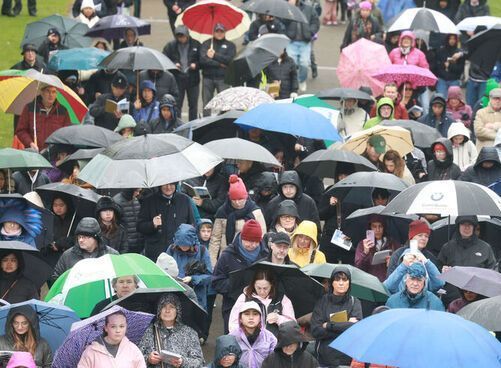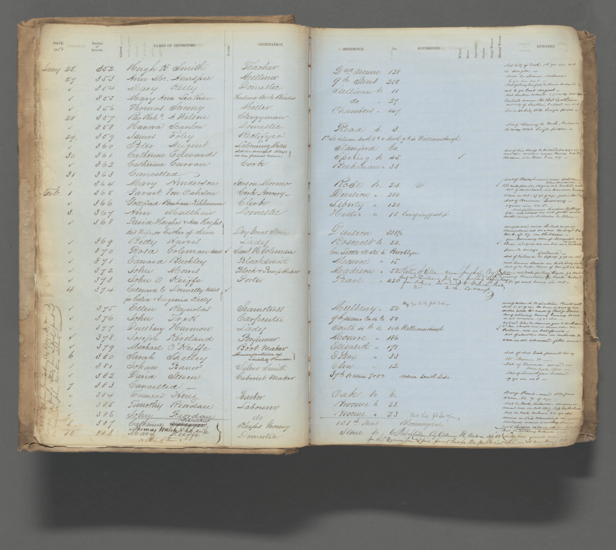[caption id="attachment_66799" align="aligncenter" width="600" caption="Darren Hanniffy in Dadaab, East Kenya."]
More than eight weeks after a famine was declared in Somalia, thousands of refugees are still flocking over Somalia's borders to camps in Kenya and Ethiopia.
I recently returned from Dadaab, a desolate town on the Kenyan border, to where 1,300 Somali men, women and children, many of whom have walked for weeks, continue to arrive every day.
The camps at Dadaab were initially designed to hold 90,000 people.
Since that time, they have been expanded and it is now estimated that there are currently more than 400,000 refugees there.
The sheer numbers of new arrivals each day, and the desperate state that they are in, is creating a major problem for agencies like GOAL. I saw many people walking out of the bush, some having trekked for 20 days to get to their destination.
One can only imagine the torment that they endured. These people are desperately malnourished. They are thirsty as well as starving and rape and robbery is a common part of their journey.
For some, maybe a child or a father had died along the way, and they have continued to walk. Just as we see the corpses of animals along the roads into the camps, we can only assume that the wilderness between Somalia and Dadaab is littered with the bodies of refugees who have failed to make it to the camps. These are the people who will remain unseen, their stories unheard.
Heartbreakingly, even if they do manage to make it, some of the weakest expire shortly after getting to the camps. It's as though they had expended every ounce of energy to reach us, and when they arrived they didn't have enough left in reserve to keep them alive.
Our team is seeing more and more burial sites appearing around the camps every day. Meanwhile, those that arrive continue to receive assistance from GOAL.
We have sent in truckloads of aid to cater for more than 10,000 new arrivals, and we are planning to help thousands more in the coming days and weeks.
We are also responding to the plight of refugees in the Somali region of Ethiopia, having provided clean water to 140,000 people and over 90 metric tons of food aid to malnourished Somali women and children since January.
It is difficult for people in Ireland to grasp the size of the camps at Dadaab, and the sheer magnitude of the relief operation facing aid workers.
Food, water, shelter and health care must be provided to a population that is bigger than most cities in Ireland.
The world has been slow to realize how serious this crisis is. What few people seem to appreciate is that what we are witnessing now is just the beginning. It is generally accepted that things will get much worse before they get better.
Darren Hanniffy spent a month at the refugee camps at Dadaab, East Kenya, working as part of a GOAL team responding to the Horn of Africa crisis. GOAL is also working in Ethiopia, where famine refugees continue to pour into camps on the Ethiopia-Somali border.









